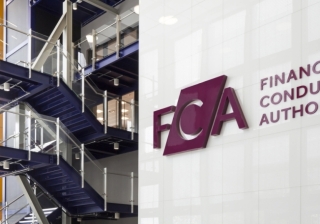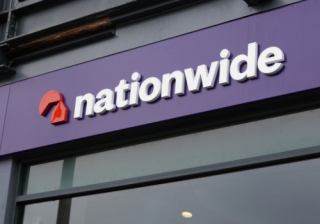Annual house price growth remains resilient at 0.6%: UK HPI
The North East saw the highest annual change of all regions in the year to July, while the South West saw the lowest.

"With house prices holding firm month-on-month, this poses a welcomed period of stability for the market."
Average UK house prices increased by 0.6% in the 12 months to July, down from a revised 1.9% in June, the latest UK House Price Index from the ONS and Land Registry shows.
The average UK house price was £290,000 in July, which is £2,000 higher than 12 months ago, but £2,000 below the recent peak in November 2022.
Average house prices increased over the 12 months to July by 0.6% in England, 0.1% in Scotland, and 2.7% in Northern Ireland, while average house prices in Wales decreased by -0.1%.
The North East saw the highest annual percentage change of all English regions in the 12 months to July (2.7%), while the South West saw the lowest at -1.0%.
London saw an annual inflation rate of -0.8%. While London prices increased between June and July 2023, they increased by a larger amount between the same months last year.
On a seasonally adjusted basis, the average UK house price decreased by 0.5% in July, following a month-on-month increase of 0.7% in June. On a non-seasonally adjusted basis, prices rose by 0.5% in July, following a rise of 1.1% in June.
Nick Leeming, chairman of Jackson-Stops, commented: “With house prices holding firm month-on-month, this poses a welcomed period of stability for the market. On the eve of another possible interest rate rise to 5.5%, it’s easy to suggest that the sun has continued to set on the property market for this year, but the hope is that this rise marks the last in the current cycle.
“Wider economic headwinds are starting to loosen. Inflation dropped to its lowest level in July since February 2022, and mortgage rates continue to fall for the time being – sub-5% for the first time in a year. Meanwhile, homebuyers are still out in force driven by lifestyle and need.
“As supply increases, now is the time when sensible pricing will prevail. Pricing that reflects the conditions of the local market and buyers expectations will put sellers in the best position in order to achieve a sale. While this isn’t a full tilt from a sellers’ to a buyers’ market, the frenzied level of viewings and offers that we saw during the pandemic is not the environment we are now in."
Conor Murphy, CEO and founder of Smartr365, said: “We’re approaching the one-year anniversary of the Truss Budget and after a year of fairly dramatic interest rate changes, house prices are still feeling the knock-on impact. There are though some signs that the mortgage market is beginning to stabilise and average rates for fixed products are now beginning to fall. Of course, these changes will take some time to trickle through to house prices, but improved rates could mean that some buyers, who might have been choosing to sit tight over the summer, could now come to market. We might even see a busier autumn and winter, setting the tone for a more positive end to the year."
Tony Hall, head of business development at Saffron for Intermediaries, added: “Today’s figures are no surprise given the affordability challenges that exist in the market at present. However, the downward trend in house prices is far less significant than some analysts were predicting at the beginning of the year, and recent reductions in mortgage rates could stimulate increased activity in the market in the coming weeks and months. Scotland and parts of the North West are also giving us reason to smile, with the housing market in these areas showing notable resilience through a challenging period."

Breaking news
Direct to your inbox:
More
stories
you'll love:
This week's biggest stories:
FCA
Firms required to report complaints involving vulnerable customers under simplified FCA rules

Santander
Santander joins mortgage price war with new rates from 3.51%

FCA
FCA sets out timeline for mortgage rule changes

State Pension
Budget: Government signals income tax write off for state pensions exceeding personal allowance

This week's biggest stories:
FCA
Firms required to report complaints involving vulnerable customers under simplified FCA rules

Santander
Santander joins mortgage price war with new rates from 3.51%

FCA
FCA sets out timeline for mortgage rule changes

State Pension
Budget: Government signals income tax write off for state pensions exceeding personal allowance

FCA
FCA announces new measures to support growth of mutuals sector

Nationwide
FCA fines Nationwide £44m for inadequate financial crime controls
